Everything you need to know about specifications and performance - Peugeot 307 2002 - 2.0 16V (136 Hp)
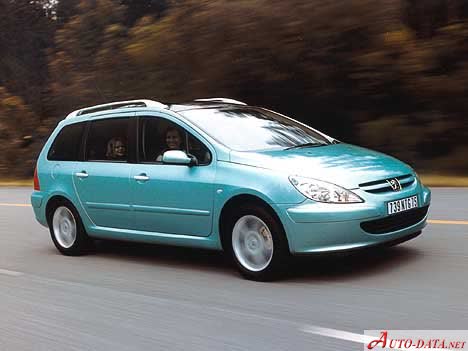
Overview:
What is the engine capacity of a Peugeot 307 2002?
The engine capacity of the Peugeot 307 2002 is 1997.
Peugeot 307 2002 How many horsepower?
The engine power of the Peugeot 307 2002 is 136 Hp @ 6000 rpm..
What is the Peugeot 307 2002 engine?
Peugeot 307 2002 engine is RFN EW10J4. (Click to see other cars using the same engine)
How much gasoline does a Peugeot 307 2002 consume?
The Peugeot 307 2002 consumes 8.3 liters of gasoline per 100 km
General:
Engine:
Performance:
Space:
dimensions:
Powertrain, Suspension and Brakes:
See also
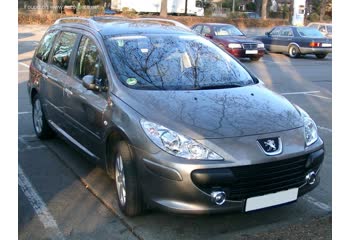
Last generation.
Its production began in 2005 until 2008
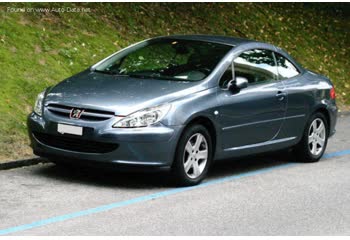
Other generation.
Its production began in 2003 until 2005

Same engine. (RFN EW10J4).
Its production began in 2004 until 2006
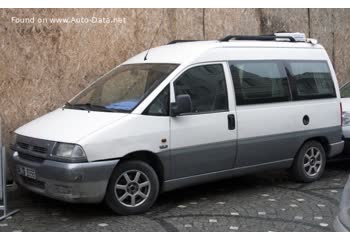
Same engine. (RFN EW10J4).
Its production began in 2000 until 2002
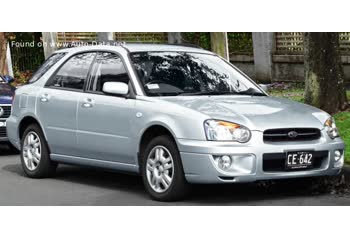
Same production year and almost the same engine capacity.
Its production began in 2002 until 2005
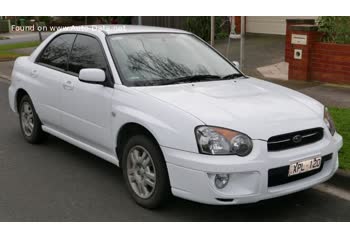
Same production year and almost the same engine capacity.
Its production began in 2002 until 2005

Write a comment